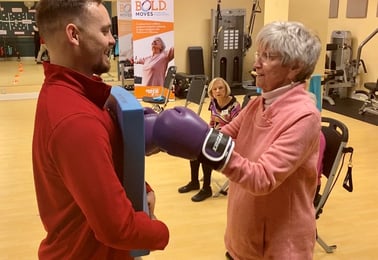 What is Parkinson’s? It is neurodegenerative disorder that affects movement. An individual might start with a gradual tremor in one hand, but this disease can result in numerous symptoms at different levels of severity including stiffness, slowing of movement, and disturbances to his/ her sense of balance. It cannot be cured but medications are given to try to improve symptoms. Exercises can be prescribed to help improve strength, flexibility, and balance and adherence to a regular exercise program is one of the best treatments options in managing symptoms and empowering those with Parkinson’s to fight back against the disease!
What is Parkinson’s? It is neurodegenerative disorder that affects movement. An individual might start with a gradual tremor in one hand, but this disease can result in numerous symptoms at different levels of severity including stiffness, slowing of movement, and disturbances to his/ her sense of balance. It cannot be cured but medications are given to try to improve symptoms. Exercises can be prescribed to help improve strength, flexibility, and balance and adherence to a regular exercise program is one of the best treatments options in managing symptoms and empowering those with Parkinson’s to fight back against the disease!
There are multiple benefits of exercise for those with Parkinson’s including:
- increasing muscle strength, flexibility, and balance
- improving well-being by reducing depression and anxiety
- slowing down the disease and controlling symptoms
- reducing pain and helping with emotional well-being
- preventing falls by building strength and decreasing fatigue
- improving sleep
The specificity of an exercise program for those with Parkinson’s is important to adequately manage symptoms and prevent fatigue.
- Most people should try to reach a goal of 30-40 min per week of cardiovascular exercise such as walking, biking, and swimming.
- As Parkinson’s can affect your posture, it is important to also add strength training and a stretch program to improve your core strength and overall range of motion.
There are different stages of the disease and medications will affect an individual suffering from Parkinson’s differently. Consulting with a qualified exercise physiologist who understands the unique needs of someone with Parkinson’s is important to ensure a safe and effective plan is being followed and tailored as needs change. An individual needs to be mindful of their movements, and at times, it can be overwhelming. A supportive exercise physiologist to observe, adjust and encourage participation can be a significant help! An individual with Parkinson’s needs to focus on walking heal to toe, taking large steps, swinging their arms, building core strength and upper back strength, and continue a quality stretch program. It is also best to continue sequential movements for brain health such as line dancing (crossing your feet and moving backwards might be a challenge) or boxing can also aid in brain health. Most importantly, find something you enjoy doing that contains all of these benefits, and make it apart of your lifestyle, ask your friends to join you!


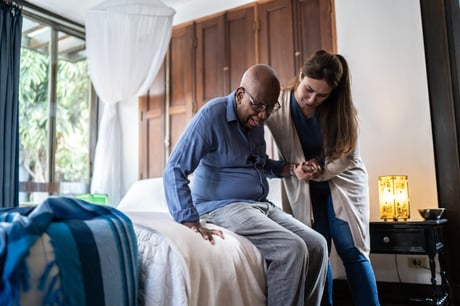 In sharing the many benefits of living in a senior living community with seniors, I often receive the response “I want to live in my home as long as I possibly can”. Making sure you are active and healthy can improve your life to maintain that desire to remain in your home. Below are 4 tips to consider before making that important decision.
In sharing the many benefits of living in a senior living community with seniors, I often receive the response “I want to live in my home as long as I possibly can”. Making sure you are active and healthy can improve your life to maintain that desire to remain in your home. Below are 4 tips to consider before making that important decision.
 After the excitement of holiday parties and festivities slows down, we sometimes find ourselves in a funk. Life can seem a bit slow, minimal sunlight and weather keeps us cooped up inside, and we feel a bit sluggish. Get rid of winter blues with these tips to warm the soul.
After the excitement of holiday parties and festivities slows down, we sometimes find ourselves in a funk. Life can seem a bit slow, minimal sunlight and weather keeps us cooped up inside, and we feel a bit sluggish. Get rid of winter blues with these tips to warm the soul.
 Everyone is always wanting to know what the top trends for health and fitness each year are and in 2023 we are seeing concepts we can get on board with and fully support! Check out these tops trends and why we support and encourage our corporate fitness center members to adapt these trends.
Everyone is always wanting to know what the top trends for health and fitness each year are and in 2023 we are seeing concepts we can get on board with and fully support! Check out these tops trends and why we support and encourage our corporate fitness center members to adapt these trends.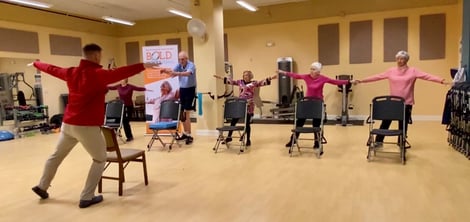 We make no bones about it that our
We make no bones about it that our 
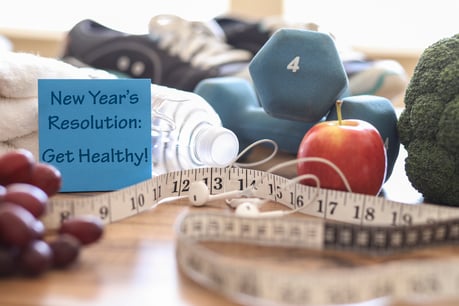 Are you striving to accomplish a new health goal this new year? Whether it is eating healthier, exercising more, or beginning a new health routine, you will need to create habits to help you achieve your goal. When deciding on which habits you want to form heading into the new year, you may want to first consider WHAT a habit is. A habit is a behavior that is repeated on a regular basis whether it is an action, routine, or lifestyle and often we don’t even think about it.
Are you striving to accomplish a new health goal this new year? Whether it is eating healthier, exercising more, or beginning a new health routine, you will need to create habits to help you achieve your goal. When deciding on which habits you want to form heading into the new year, you may want to first consider WHAT a habit is. A habit is a behavior that is repeated on a regular basis whether it is an action, routine, or lifestyle and often we don’t even think about it.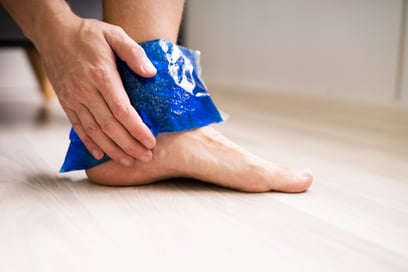 One of the biggest questions people have when experiencing and ache or pain is “do I use heat or ice to help eliminate my pain?” Ice and heating pads are among the most common treatments for pain, but are you using them correctly? If done wrong, using ice or heat may do more harm than good.
One of the biggest questions people have when experiencing and ache or pain is “do I use heat or ice to help eliminate my pain?” Ice and heating pads are among the most common treatments for pain, but are you using them correctly? If done wrong, using ice or heat may do more harm than good. It’s no secret that our emotions impact what we eat, when we eat, and how much we eat.
It’s no secret that our emotions impact what we eat, when we eat, and how much we eat. Make Your Meals Count
Make Your Meals Count Now that there is a general framework for how many calories people can burn cooped up at home, but how about what happens when people go out and get the family involved? Dedicated winter activities are a great way to get the family together and share some beautiful memories. An added benefit is being able to move around, have fun, and build a slight sweat.
Now that there is a general framework for how many calories people can burn cooped up at home, but how about what happens when people go out and get the family involved? Dedicated winter activities are a great way to get the family together and share some beautiful memories. An added benefit is being able to move around, have fun, and build a slight sweat.